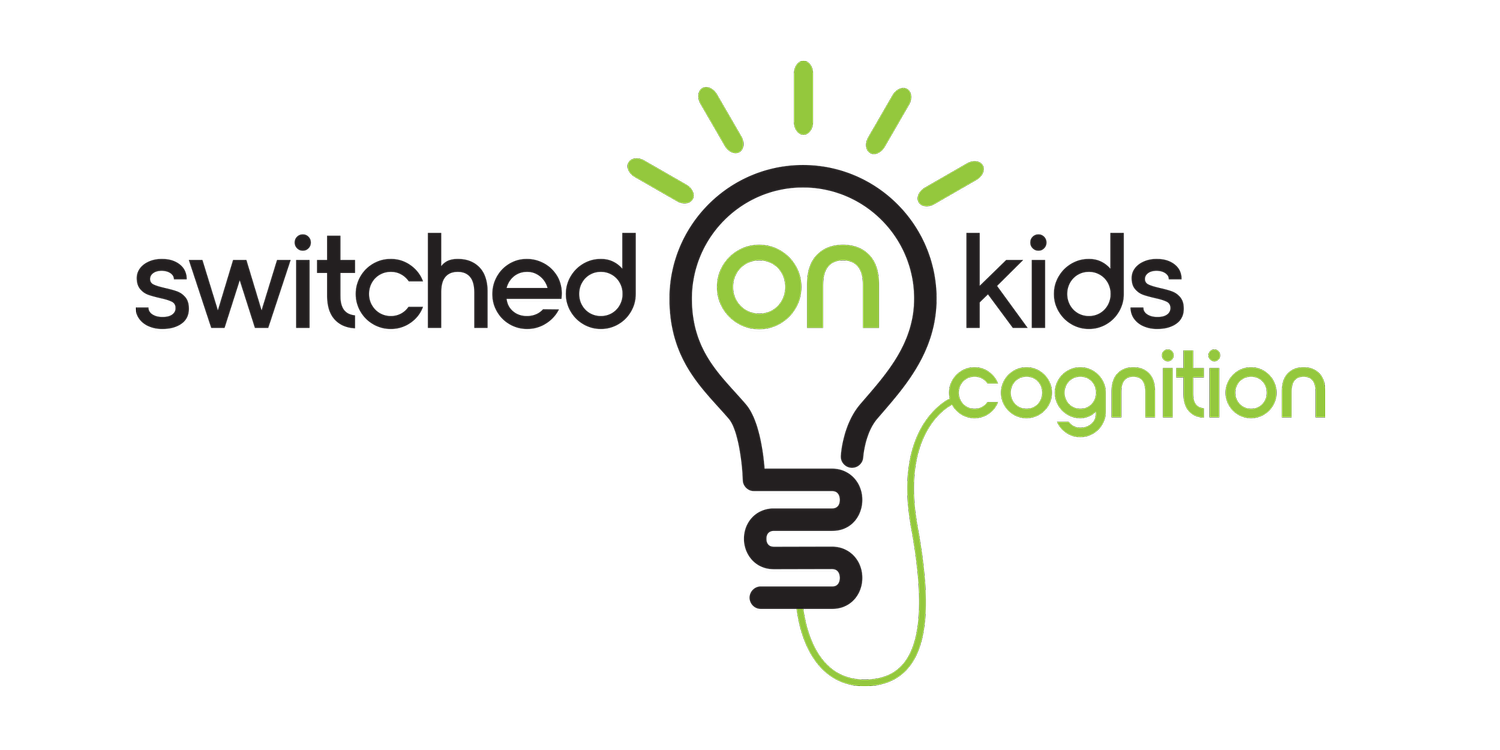Scary thoughts
Key fact: Neurodivergent kids have a greater propensity for co-occurring mental health challenges (most commonly depression, anxiety and OCD). If your child has ADHD or autism, they may also have an anxiety disorder such as obsessive-compulsive disorder (OCD). OCD is characterized by recurrent, unwanted, intrusive thoughts (obsessions) and repetitive, ritualistic behaviours or mental acts (compulsions). These obsessions and compulsions can significantly impact a child's daily life, causing distress, anxiety, and interference with their ability to function.
Obsessions are persistent and uncontrollable thoughts, images, or urges that are intrusive and cause distress. They often revolve around themes such as cleanliness, orderliness, symmetry, contamination, or harm. Examples of obsessions include fear of germs, excessive concern with symmetry or exactness, disturbing or aggressive thoughts, or a need for things to be "just right." Compulsions are a little different – these are repetitive behaviours or mental acts that a child feels they need to perform in response to their obsessions. These may be obvious, for example excessive handwashing, repeated checking, tapping a pattern, arranging or organizing things in a specific way, or seeking reassurance from others (this may take the form of excessive questioning). However, many compulsions are not obvious, for example, a child may count silently in their head or repeat certain numbers and sequences to feel “safe”. In addition, a child may go to great lengths to hide these behaviours. Both children and adults with OCD are very aware that the cycle of obsessions and compulsions is irrational, but they may feel driven to perform them as they alleviate anxiety (even if this is only temporary).
Research shows that ADHD and OCD commonly co-occur together (both are neurodevelopmental disorders). They are both highly heritable with persistence rates of 40-50%. OCD has an early onset with a median age of onset at 19 years of age (Solmi et al., 2022). It is believed that OCD has two peak ages of onset – one pre-puberty and one in early adulthood (Geller et al. 2021).
Research suggests that up to 25% of people with OCD also have ADHD (Brem et al., 2014; Masi et al., 2006). There are very strong familial links between the two disorders and a relative of a child with ADHD has a significantly elevated risk for OCD (Geller et al., 2007). There is also a significant overlap between autism and OCD (Van Steensel et al., 2011, Wikramanayake et al., 2018) and again the two tend to run in families (Meier et al., 2015). It is worth questioning family members (in a gentle way of course!).
Childhood-onset is relatively common (for children the average age of onset is 10-12 years of age). It is important to be aware that most early onset cases of OCD occur in boys with almost a quarter having onset before the age of 10. My personal/professional experience tells me that onset at 7-8 years of age in boys is not uncommon. The most common co-occurring condition among early-onset OCD is ADHD (Brem et al., 2014). In contrast to boys, girls tend to be diagnosed after the age of 10 (Ruscio et al. 2010).
OCD, like other neurodevelopmental disorders, is also an executive functioning disorder. Neuroimaging research shows that executive functions are impaired in both conditions (Brem et al., 2014). A child with OCD may have difficulties with:
Cognitive flexibility – children with OCD tend to have very rigid thinking patterns around the way that certain things need to be done (e.g., their compulsions). This can make it difficult for them to switch tasks, finish what they are doing, or consider different perspectives. You may notice that your child seems “stuck”.
Working memory – a child whose mind is going at full speed keeping up with obsessive, intrusive thoughts and compulsions will find it hard to concentrate on any other task that requires working memory such as problem-solving, following instructions or making decisions. Cognitive overload, anxiety, and persistent worrying thoughts will affect working memory.
Attentional control – children with OCD find it hard to attend to what is relevant. They may have problems filtering out irrelevant thoughts and/or be preoccupied with specific thoughts that are not be relevant to the situation. You may find that your child tends to hyperfocus on certain intrusive thoughts and actions. This can make things hard for a child in a busy classroom environment. They may be perfectionists and hyperfocus on getting things “just right”, while failing to notice what is happening around them.
Cognitive inhibition – a child with OCD cannot simply “stop” having obsessive/intrusive thoughts. Likewise, they also cannot easily stop compulsive behaviours (in fact, if stopped they may “save” the compulsion for later).
Decision making - a child with OCD may have a tendency for perfectionism with certain things (e.g., the way things are arranged or the order in which things happen). They may excessively plan, organise and perform rituals to reduce anxiety. This can make it difficult for them to prioritise other tasks such as getting ready to leave the house or go to school. This can also make it difficult for them to make decisions.
Questioning and need for reassurance - children with OCD may ask the same question repeatedly. This is not because they have forgotten their answer, rather this is a technique they use to decrease feelings of anxiety. Additionally, they may find themselves constantly checking and re-checking to ensure that things are “just right”.
OCD is often overlooked or misdiagnosed as children may not have the words to articulate their experience or may be afraid to tell someone. OCD may also be overlooked if parents are more focused on other symptoms such as ADHD. Regardless of age, you must reach out for help. If you have any inkling at all that you or your child are experiencing symptoms of OCD – please reach out. This is an area I have a lot of expertise in. Your child may be incredibly nervous and reluctant to talk to you about their “scary thoughts”, but they must speak to someone. Children with OCD tend to be very sensitive and very deep thinkers. Getting into their world and exploring it with them is incredibly important. With OCD, knowledge is power. OCD can be a very lonely disorder so please do not go through it alone.
For an obligation-free chat and to learn more about my services, please see - Counselling.
References
Brem, S. et al. (2014). The neurobiological link between OCD and ADHD. Attention Deficit and Hyperactivity Disorders, 6(3), 175–202.
Geller, D. et al. (2007). Examining the relationship between obsessive-compulsive disorder and attention-deficit/hyperactivity disorder in children and adolescents: a familial risk analysis. Biological Psychiatry, 61(3), 316-321.
Geller, D. et al. (2021). Developmental Considerations in Obsessive Compulsive Disorder: Comparing Pediatric and Adult-Onset Cases, Frontiers in Psychiatry (12).
Masi, G. et al. (2006). Comorbidity of obsessive-compulsive disorder and attention-deficit/hyperactivity disorder in referred children and adolescents. Comprehensive Psychiatry, 47(1):42-7.
Meier, S.M. et al. (2015). Obsessive-Compulsive Disorder and Autism Spectrum Disorders: Longitudinal and Offspring Risk. PLoS One, 10(11), e0141703.
Ruscio, A.M. et al. (2010). The Epidemiology of Obsessive-Compulsive Disorder in the National Comorbidity Survey Replication, Molecular Psychiatry, 15(1), 53-63.
Solmi et al. (2022). Age at onset of mental disorders worldwide: large-scale meta-analysis of 192 epidemiological studies. Molecular Psychiatry, 27, 281–295.
Van Steensel, F.J.A et al. (2011). Anxiety disorders in children and adolescents with autistic spectrum disorders: a meta-analysis. Clinical Child and Family Psychology Review, 14(3), 302-17.
Wikramanayake, W.N.M. et al. (2018). Autism spectrum disorders in adult outpatients with obsessive compulsive disorder in the UK. International Journal of Psychiatry & Clinical Practice, 22(1), 54-62.


